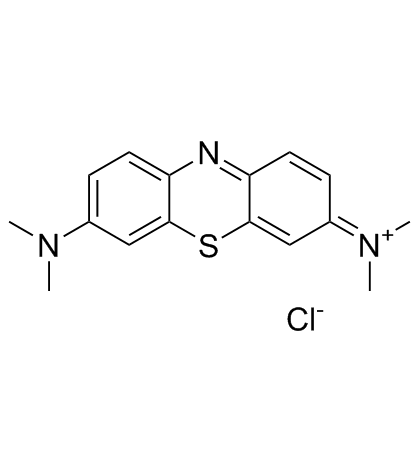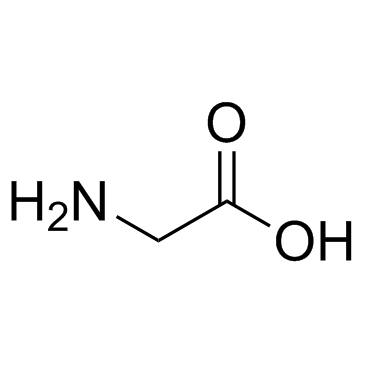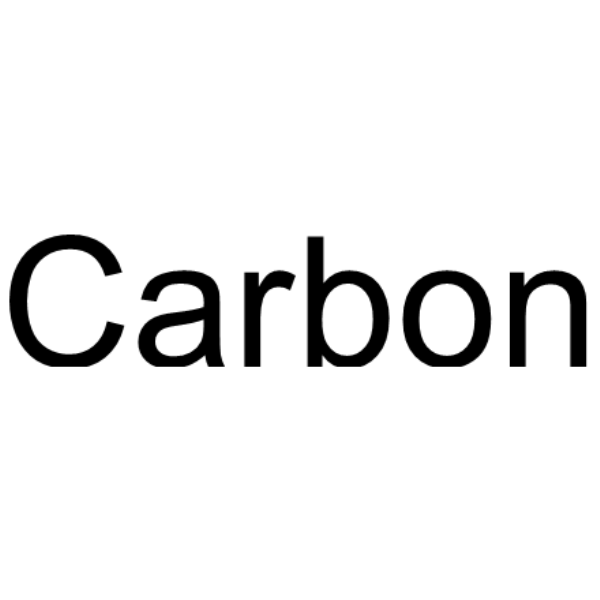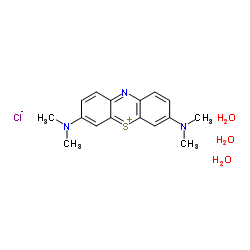| Structure | Name/CAS No. | Articles |
|---|---|---|
 |
Ethidium bromide
CAS:1239-45-8 |
|
 |
Hydrochloric acid
CAS:7647-01-0 |
|
 |
sodium chloride
CAS:7647-14-5 |
|
 |
Methylene Blue
CAS:61-73-4 |
|
 |
Glycine
CAS:56-40-6 |
|
 |
Hexamethyldisilazane
CAS:999-97-3 |
|
 |
Safranin
CAS:477-73-6 |
|
 |
Carbon
CAS:7440-44-0 |
|
 |
Methylene Blue trihydrate
CAS:7220-79-3 |
|
 |
p-Dimethylaminobenzaldehyde
CAS:100-10-7 |